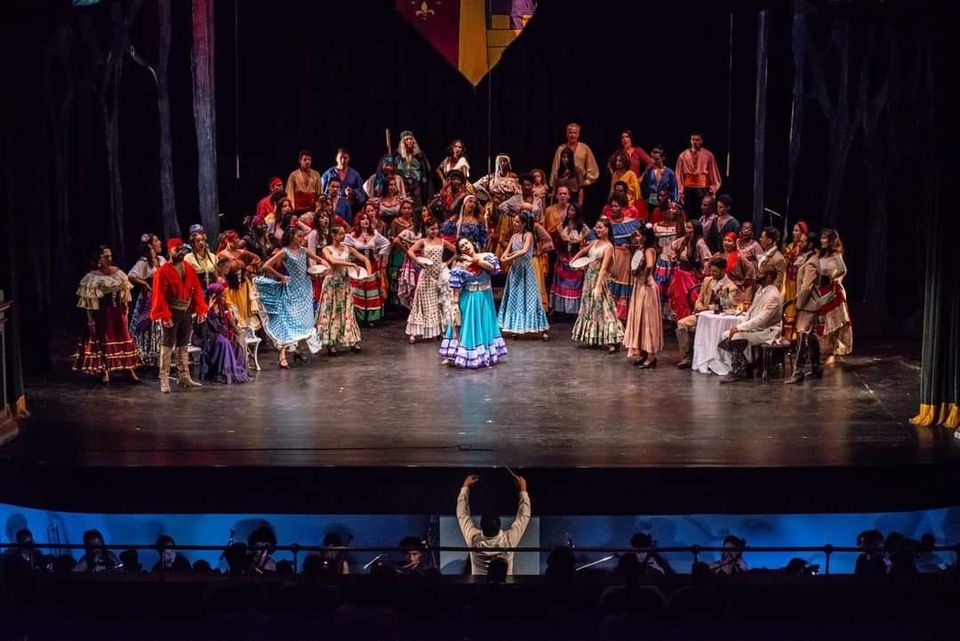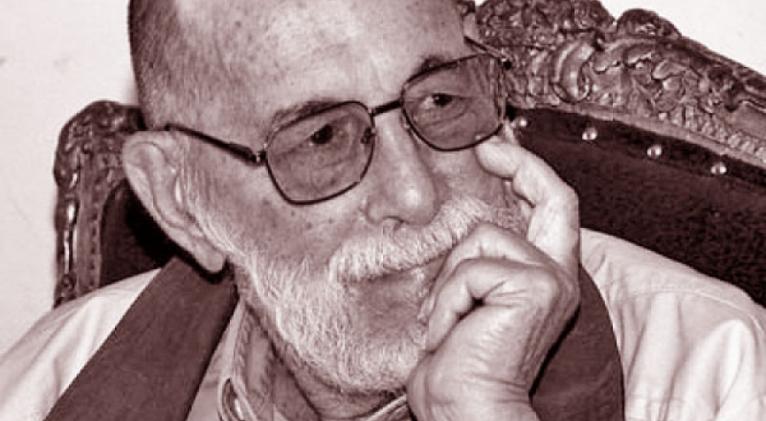More than Six Decades Defending Cuban Opera Art

Cuba has a rich and beautiful tradition of opera art. This September marks the 62nd anniversary of the National Opera Theater of Cuba, amidst new efforts to explore what more can be done to promote this art form. With a renewed approach, innovative designs, and outdoor locations, these efforts aim to revitalize public interest and inspire artists to energize their repertoire.
In light of these new directions, the theater is presenting captivating productions and other encouraging projects. One notable initiative is the renewal of its casts, emphasizing the importance of featuring young talents who can bring fresh performances to the stage and attract their peers to the genre.
Despite more than six decades passing since its founding, the memory of the dozens of performances staged during the National Opera Theater of Cuba’s first year remains vivid in popular memory. A large group of opera artists—singers and actors—formed an impressive cast, especially in the debut performance of «Luisa Fernanda» by Moreno Torroba.
This unique type of theater began with established figures, now gone, such as Rosita Fornés, Sarita Escarpanter, Gladys Puig, Alba Marina, Ana Julia, and tenors Armando Pico, Antonio Lázaro, and Aldo Lario. Following these iconic performances, the National Opera Theater of Cuba presented many of the main titles in its repertoire with multiple casts: The Merry Widow in 1963, La Traviata in 1964, Los Gavilanes in 1965, The Gypsy Princess in 1965, The Legend of the Kiss in 1968, Cecilia Valdés in 1969, La del Soto del Parral in 1969, Marina in 1969, and The Barber of Seville in 1971. These performances showcased magnificent voices and were true highlights, especially in the zarzuela genre.
Historically, the first opera manifestations in Cuba date back to 1776. Later, with the triumph of the Cuban Revolution in 1959, the newly established National Council of Culture launched an initial season of popular opera at the Auditorium Theater, with affordable ticket prices. At the Payret Theater, there was a season of Spanish and Cuban zarzuela, featuring prominent performers like María de los Ángeles Santana, María Remolá, Ramón Calzadilla, and Humberto Diez, alongside the aforementioned artists.
In subsequent years, Cuban opera artists performed and toured various countries as part of a company dedicated to cultivating all forms of opera art, including opera, operetta, zarzuela, concert music, and vocal symphonic music. Additionally, the National Opera Theater regularly toured remote mountainous areas, fishing communities, sugar mills, and other hard-to-reach locations across Cuba.
Within Cuban opera art, the zarzuela deserves special mention. This genre included distinguished composers such as Ernesto Lecuona, Gonzalo Roig, and Rodrigo Prats. Notable works include Cecilia Valdés by Roig, Amalia Batista by Prats, as well as María la O and Rosa la China, both by Lecuona.
Today, young talents, alongside seasoned artists, make up the National Opera Theater of Cuba, now celebrating 62 years since its creation. With each performance, they showcase virtuosity in singing and acting, keeping the strong tradition of opera art alive in Cuba.
Translated by Luis E. Amador Dominguez
Photo: National Opera Theater of Cuba on Facebook



